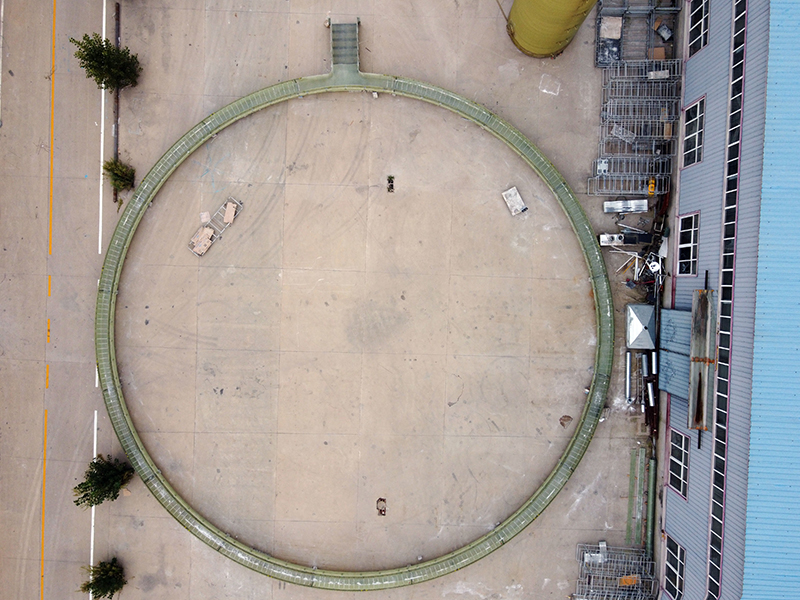
-
 Afrikaans
Afrikaans -
 Albanian
Albanian -
 Amharic
Amharic -
 Arabic
Arabic -
 Armenian
Armenian -
 Azerbaijani
Azerbaijani -
 Basque
Basque -
 Belarusian
Belarusian -
 Bengali
Bengali -
 Bosnian
Bosnian -
 Bulgarian
Bulgarian -
 Catalan
Catalan -
 Cebuano
Cebuano -
 China
China -
 China (Taiwan)
China (Taiwan) -
 Corsican
Corsican -
 Croatian
Croatian -
 Czech
Czech -
 Danish
Danish -
 Dutch
Dutch -
 English
English -
 Esperanto
Esperanto -
 Estonian
Estonian -
 Finnish
Finnish -
 French
French -
 Frisian
Frisian -
 Galician
Galician -
 Georgian
Georgian -
 German
German -
 Greek
Greek -
 Gujarati
Gujarati -
 Haitian Creole
Haitian Creole -
 hausa
hausa -
 hawaiian
hawaiian -
 Hebrew
Hebrew -
 Hindi
Hindi -
 Miao
Miao -
 Hungarian
Hungarian -
 Icelandic
Icelandic -
 igbo
igbo -
 Indonesian
Indonesian -
 irish
irish -
 Italian
Italian -
 Japanese
Japanese -
 Javanese
Javanese -
 Kannada
Kannada -
 kazakh
kazakh -
 Khmer
Khmer -
 Rwandese
Rwandese -
 Korean
Korean -
 Kurdish
Kurdish -
 Kyrgyz
Kyrgyz -
 Lao
Lao -
 Latin
Latin -
 Latvian
Latvian -
 Lithuanian
Lithuanian -
 Luxembourgish
Luxembourgish -
 Macedonian
Macedonian -
 Malgashi
Malgashi -
 Malay
Malay -
 Malayalam
Malayalam -
 Maltese
Maltese -
 Maori
Maori -
 Marathi
Marathi -
 Mongolian
Mongolian -
 Myanmar
Myanmar -
 Nepali
Nepali -
 Norwegian
Norwegian -
 Norwegian
Norwegian -
 Occitan
Occitan -
 Pashto
Pashto -
 Persian
Persian -
 Polish
Polish -
 Portuguese
Portuguese -
 Punjabi
Punjabi -
 Romanian
Romanian -
 Russian
Russian -
 Samoan
Samoan -
 Scottish Gaelic
Scottish Gaelic -
 Serbian
Serbian -
 Sesotho
Sesotho -
 Shona
Shona -
 Sindhi
Sindhi -
 Sinhala
Sinhala -
 Slovak
Slovak -
 Slovenian
Slovenian -
 Somali
Somali -
 Spanish
Spanish -
 Sundanese
Sundanese -
 Swahili
Swahili -
 Swedish
Swedish -
 Tagalog
Tagalog -
 Tajik
Tajik -
 Tamil
Tamil -
 Tatar
Tatar -
 Telugu
Telugu -
 Thai
Thai -
 Turkish
Turkish -
 Turkmen
Turkmen -
 Ukrainian
Ukrainian -
 Urdu
Urdu -
 Uighur
Uighur -
 Uzbek
Uzbek -
 Vietnamese
Vietnamese -
 Welsh
Welsh -
 Bantu
Bantu -
 Yiddish
Yiddish -
 Yoruba
Yoruba -
 Zulu
Zulu
Innovative Techniques for Anchoring Drilling Rods and Bits in Geotechnical Applications
Anchoring Drilling Rod and Bits An Overview of Their Role in Modern Drilling Technology
Drilling technology has seen significant advancements over the years, particularly in the oil, gas, and construction industries. Among the crucial components of this technology are anchoring drilling rods and bits. These elements play a vital role in ensuring drilling operations are efficient, safe, and cost-effective.
Understanding Anchoring Drilling Rods
Anchoring drilling rods are designed to provide stability and support during the drilling process. They are typically made from high-strength steel to withstand the immense pressures and forces encountered during drilling. The primary function of these rods is to anchor the drill bit securely in place, ensuring precision and minimizing the risk of slippage. This is especially important in deep drilling operations where maintaining the trajectory of the borehole is crucial.
The design of anchoring drilling rods often includes threaded connections, which allow for easy attachment and detachment of bits, as well as the extension of the drilling assembly. This modular design enables operators to adapt to varying geological conditions by changing the length and type of rods or bits depending on the material being drilled through.
The Role of Drilling Bits
Drilling bits are the cutting tools attached at the end of the drilling rods, responsible for penetrating different types of earth materials. Bits come in various designs, tailored for specific applications, such as rotary drilling, percussive drilling, or directional drilling. The choice of bit is determined by factors such as the geological conditions, the type of rock being drilled, and the required hole diameter.
anchoring drilling rod and bits

Common types of drilling bits include roller cone bits, fixed cutter bits, and diamond bits. Roller cone bits, for example, are ideal for hard formations and use rotating cones with sharp teeth to break rock. Fixed cutter bits, on the other hand, utilize a series of fixed blades for cutting and are often used in softer formations. Diamond bits are known for their durability and ability to penetrate the hardest rock formations but are generally more expensive.
Benefits of Using Quality Anchoring Rods and Bits
The combination of high-quality anchoring rods and bits is essential for successful drilling operations. Quality rods enhance the stability of the drilling assembly, reducing the likelihood of equipment failure and downtime. Additionally, they ensure that the drilling process is efficient, which can result in significant cost savings.
Moreover, the right drill bit can improve penetration rates, reduce the wear on equipment, and facilitate the discovery of resources more quickly. Ultimately, this leads to increased productivity and a higher return on investment for drilling projects.
Conclusion
In conclusion, anchoring drilling rods and bits are indispensable components of contemporary drilling practices. Their importance cannot be overstated, as they play a critical role in ensuring the efficiency, safety, and success of drilling operations. As technology continues to evolve, further innovations in the design and material of these components are likely to enhance their performance even more, paving the way for safer and more efficient drilling practices in the future. The continuous improvement and adaptation of drilling technology remain vital for meeting the growing energy demands of our world.









